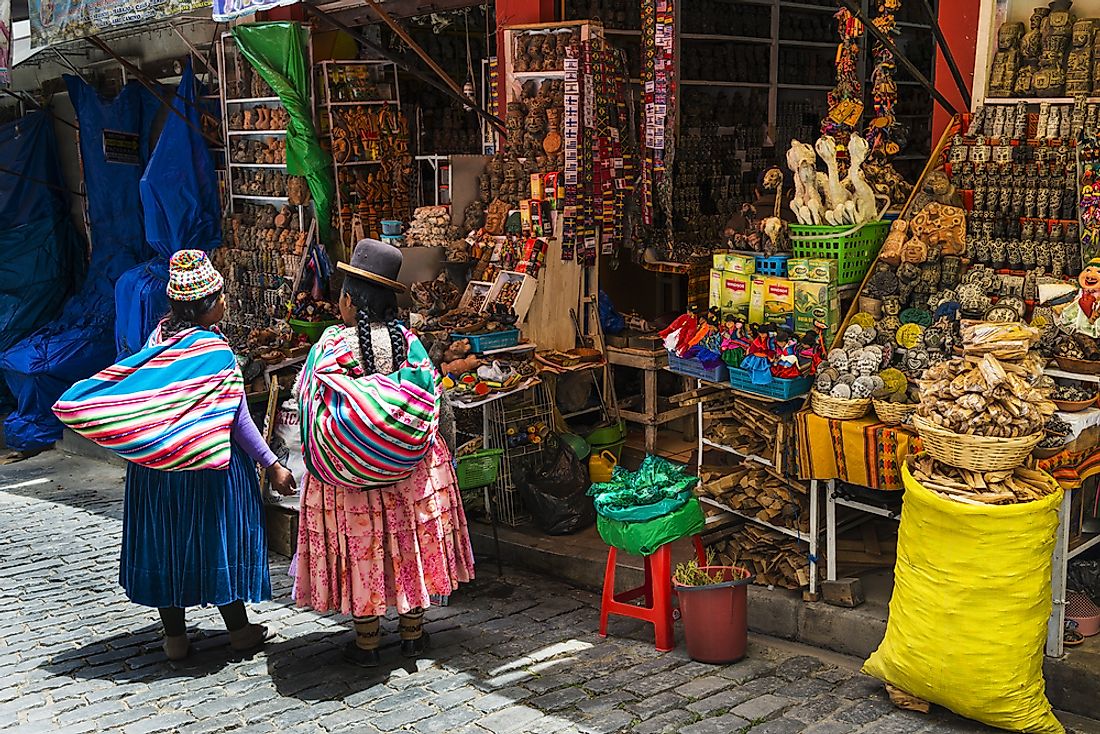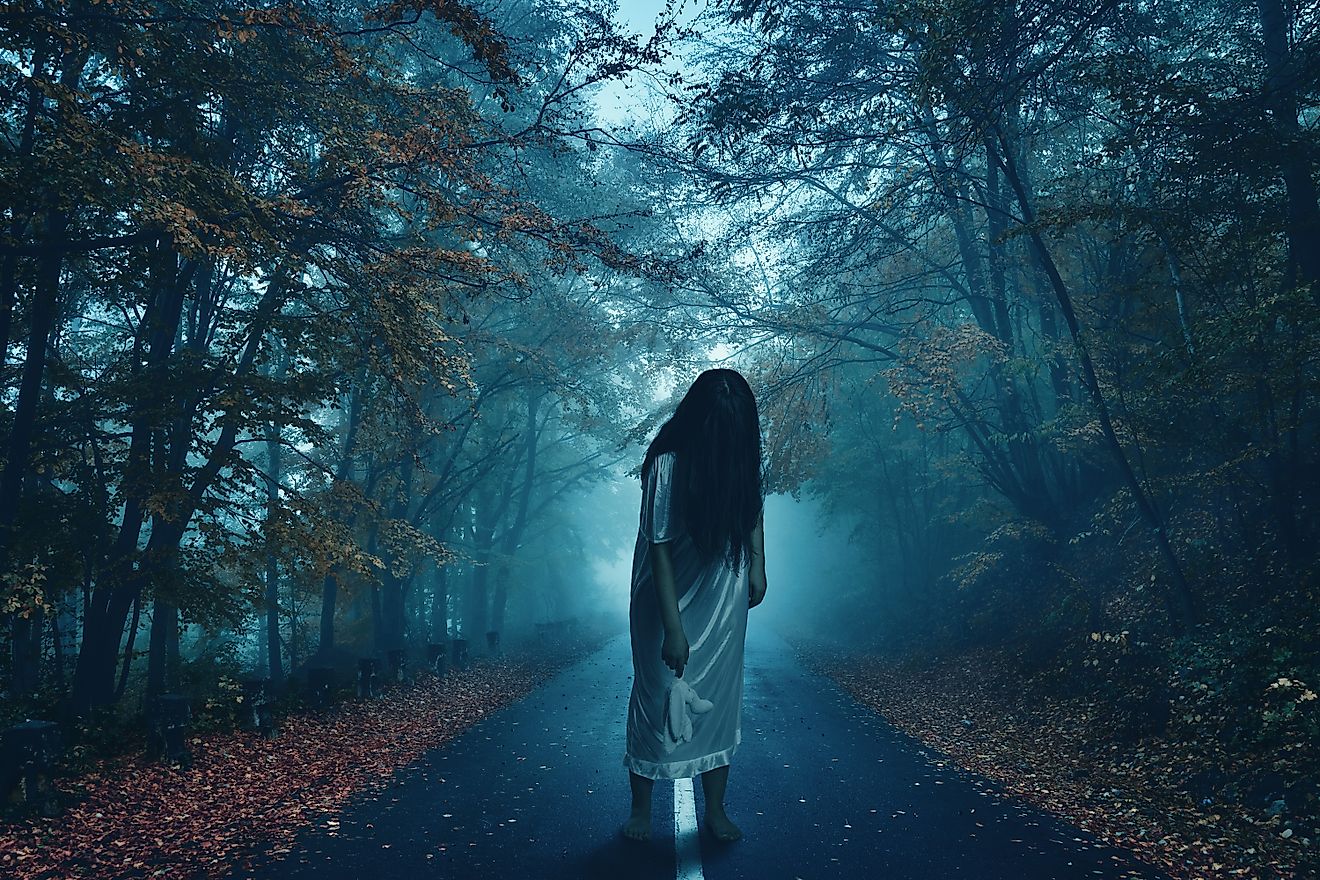Ethnic Groups Of Bolivia

Bolivia, officially known as the Plurinational State of Bolivia is a Spanish speaking country in western-central South America. It is one of the two landlocked countries in South America the other being Paraguay. Bolivia is commonly seen to have multiple capital cities. Sucre is the constitutional capital and the seat of the Supreme Court while La Paz is the defacto capital of Bolivia as the seat of government. Interestingly, neither are the largest city in Bolivia, a title which goes to Santa Cruz de la Sierra with a metro population of 3,102,998. It is one of the fastest growing cities in the world and the economic and financial hub of Bolivia. The country’s population, on the other hand, is estimated to be 11.2 million as of 2018. Bolivia is a multiethnic country and various ethnic groups like the Amerindians, Mestizos, Europeans, Asians, and Africans are found. Spanish is the country’s official language, but several other indigenous languages like Guarani are also used.
Largest Ethnic Groups in Bolivia
Mestizo - 70%
Mestizo is an ethnic group in the country with a combined Native American and European ancestry regardless of their place of birth. The term was majorly used in during the Spanish Empire’s control of various colonies. During the colonial period, the Mestizos rapidly became the majority group in Spanish-speaking regions, but after the attainment of independence from Spain, they became the dominant group. The Mestizos had more rights than any other minority group in the country like the Zambos but fewer rights compared to the European born. Today, Mestizos constitute 70% of the Bolivian population making it the dominant ethnic group in the country. Various Mestizos assume the Mestizo identity and an indigenous culture as well.
Indigenous Bolivian - 20%
The indigenous Bolivians, also known as the Amerindians, is an ethnic group of predominant Native American ancestry. It is composed of descendants of the pre-Colombian era before the invasion of European influences in Latin America. These include the Andeans like the Aymaras and Quechuas, who are the indigenous people of most South American countries. The indigenous Bolivians constitute 20% of the entire Bolivian population and are found majorly in the Andes region and the western departments of La Paz, Potosi, Oruro, Cochabamba, and Chuquisaca. Other small indigenous groups can be found in the Santa Cruz, Beni, Tarija, and Pando departments.
White Bolivian - 5%
The White Bolivians are the Bolivians with a European ancestry and constitute 5% of the Bolivian population. Most of white Bolivians are the descendants of Criollos of the Spanish descend as well as the Europeans or Arabs mainly from Spain, Germany, Italy, Turkey, Lebanon, and Croatia. They are mainly found in the largest cities and major towns in Bolivia like La Paz.
Black Bolivian - 1%
The Black Bolivians, also known as Afro-Bolivians, are Bolivians of predominantly African Ancestry. They are mainly the descendants of African slaves who were brought into Bolivia during the Spanish Empire. They are a minority group constituting only 1% of the Bolivian population and are mainly found in the Department of La Paz as well as Nor Yungas and Sud Yungas provinces.
Other Ethnic Groups in Bolivia
There are several other minority ethnic groups in Bolivia which constitute up to 4% of the Bolivian population. These groups include Asians, Japanese, Chinese, Koreans, Lebanese, Jews among others. They are mainly found in La Paz, El Alto, and Santa Cruz de la Sierra.
Ethnic Groups Of Bolivia
| Rank | Ethnic Group | Share of Bolivian Population |
|---|---|---|
| 1 | Mestizo (combined Native American and European Ancestry) | 70% |
| 2 | Indigenous Bolivian (Predominately Native American Ancestry) | 20% |
| 3 | White Bolivian (Predominately European Ancestry) | 5% |
| 4 | Black Bolivian (Predominately African Ancestry) | 1% |
| Other Ethnic Groups | 4% |







